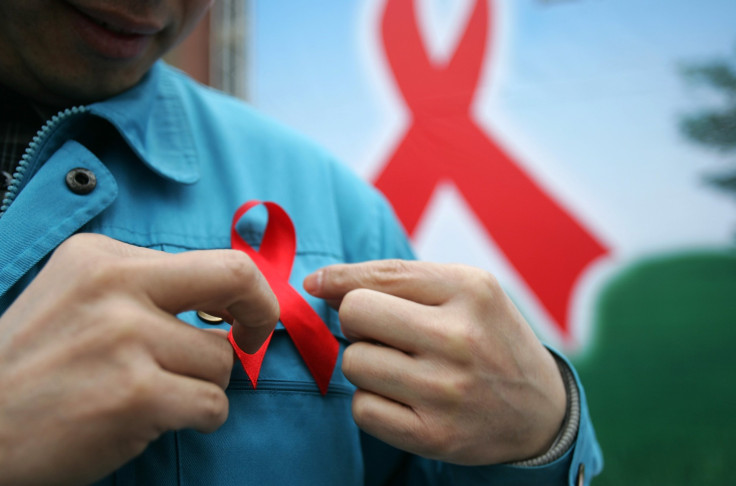HIV Vaccine Update: Scientists Find That Antibodies Could Target Holes In Virus’ Protective Sugar Shield

In a move that could possibly open new avenues for research in the field, scientists have shown that the presence of “holes” in the defensive sugar shield of human immunodeficiency virus (HIV) could help in coming up with a vaccine to battle HIV.
The study, published recently in the journal Cell Reports, was led by researchers from the Scripps Research Institute (TSRI) in San Diego and Cornell University in New York. Their research showed that antibodies were capable of targeting the holes in the “glycan” shield, the virus’ protective sugar shield.
“From work on HIV-positive individuals, we knew that the best way to understand an antibody response is to isolate the individual antibodies and study them in detail,” said Laura McCoy, a TSRI researcher now at University College London, the co-first author of the study that designed the envelope glycoprotein (Env) trimer, a stabilized version of an important HIV protein. The aim was to prompt rabbit models to produce antibodies against the virus.
“This opened up a whole new concept,” said TSRI Senior Research Associate Gabriel Ozorowski, in a press release, as the results showed that antibodies could indeed target holes in the glycan shield.
The researchers have now raised the question of how these holes can be exploited to create an HIV vaccine.
“It’s important now to evaluate future vaccine candidates to more rapidly understand the immune response they induce to particular glycan holes and learn from it,” said TSRI Professor Dennis R. Burton, who co-led the latest study.
The researchers found that 89 percent of strains – of the thousands analyzed by them – had a possibly targetable hole in the Env. However, the defense mechanism of the virus causes it to quickly mutate to fill in the gaps.
“Targeting a hole could help the immune system get its foot in the door,” Ozorowski said, as the findings could increase the possibility of future vaccines being able to target the holes by using the immune system. Another possible situation could be that the holes provide a distraction to be filled in so that the immune system can target better sites to tackle the virus.



























